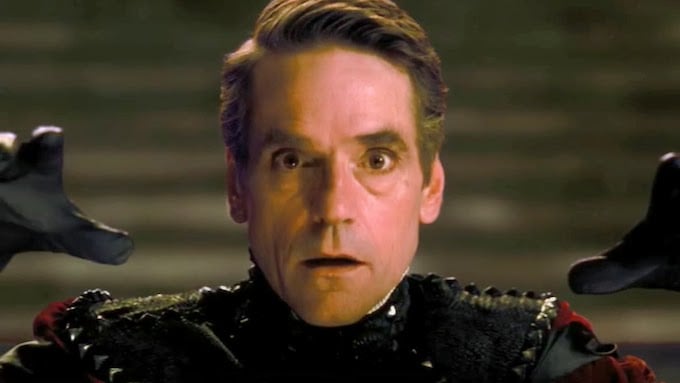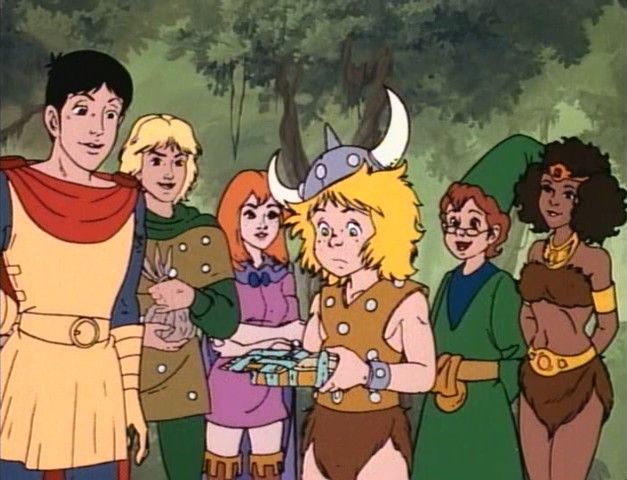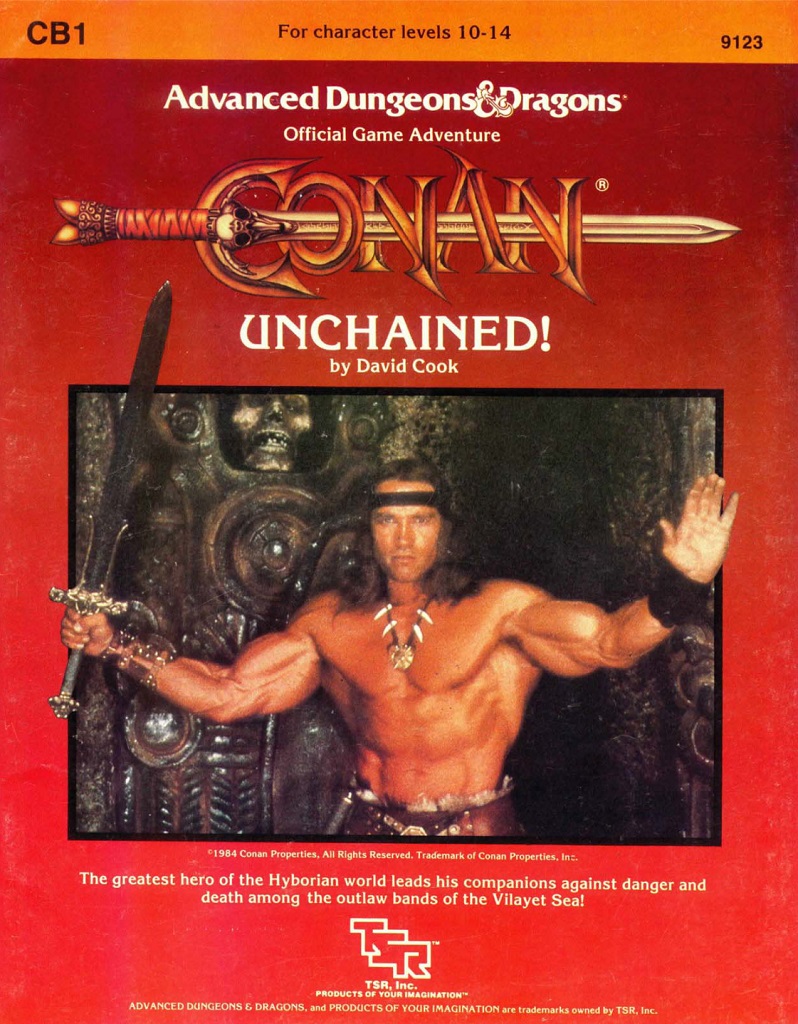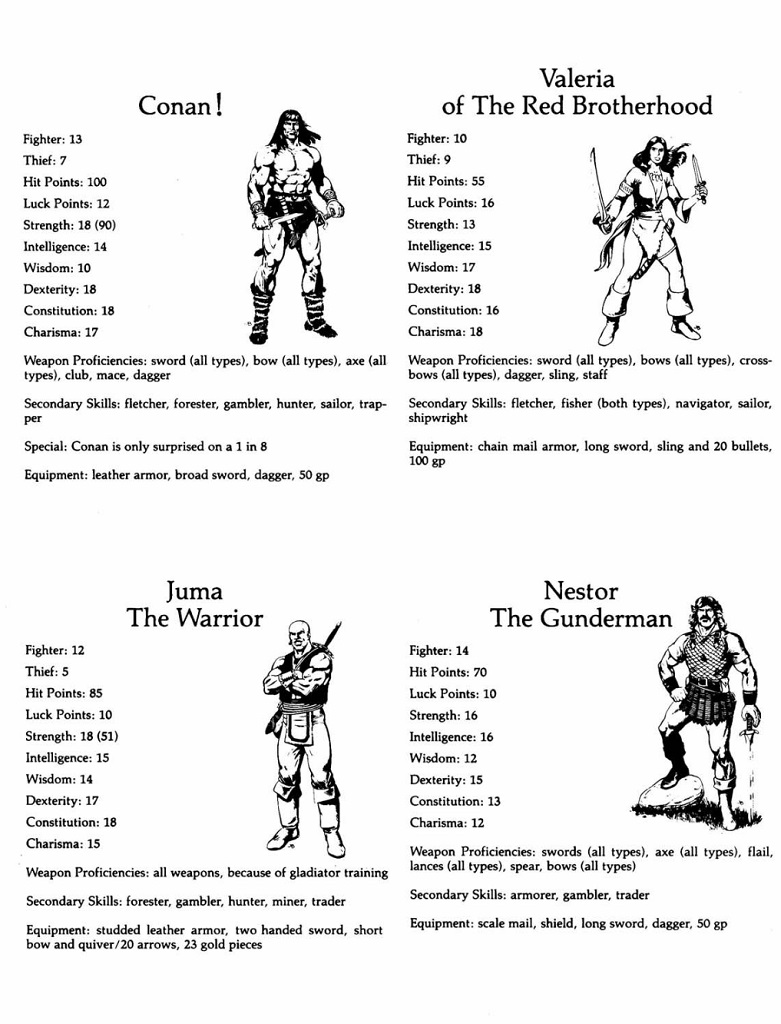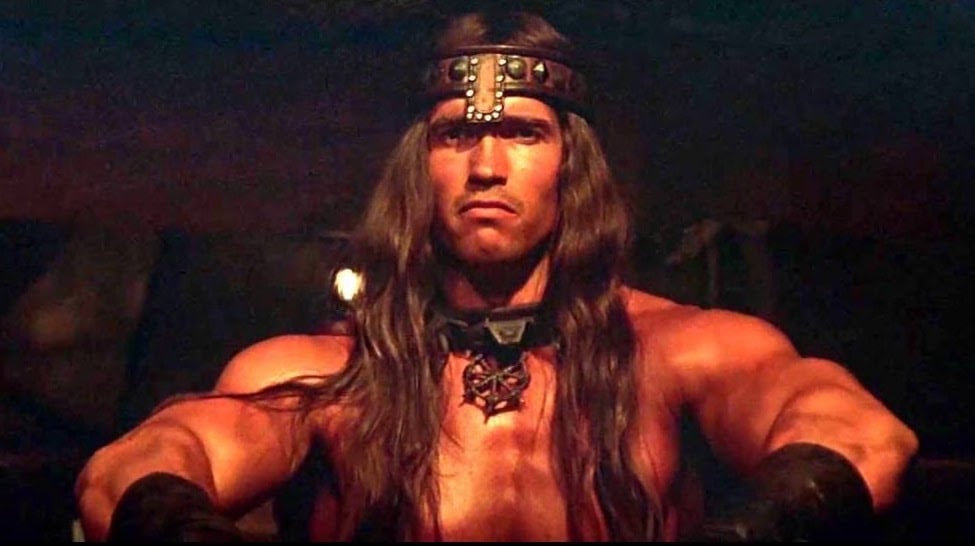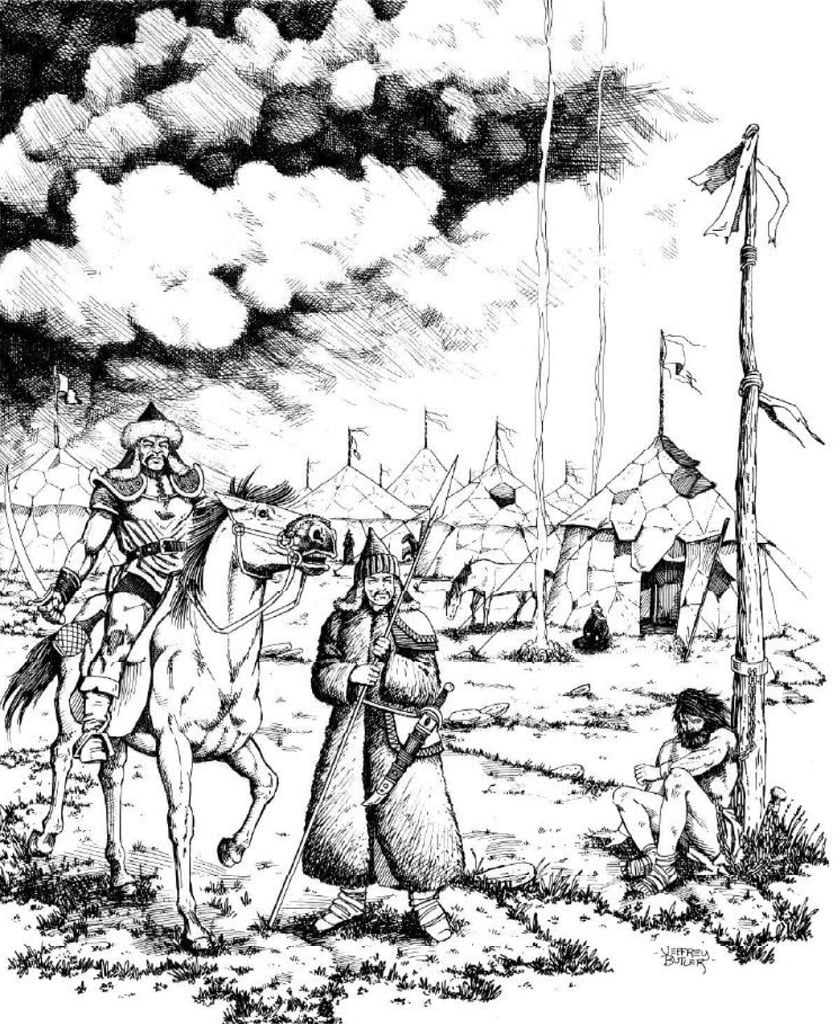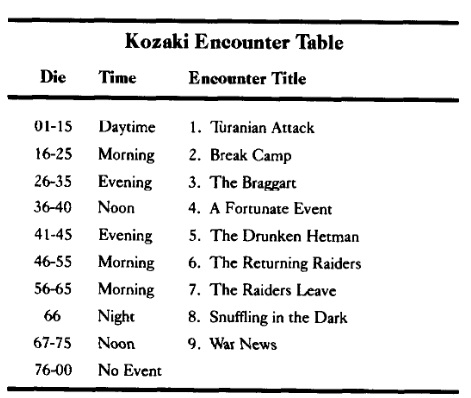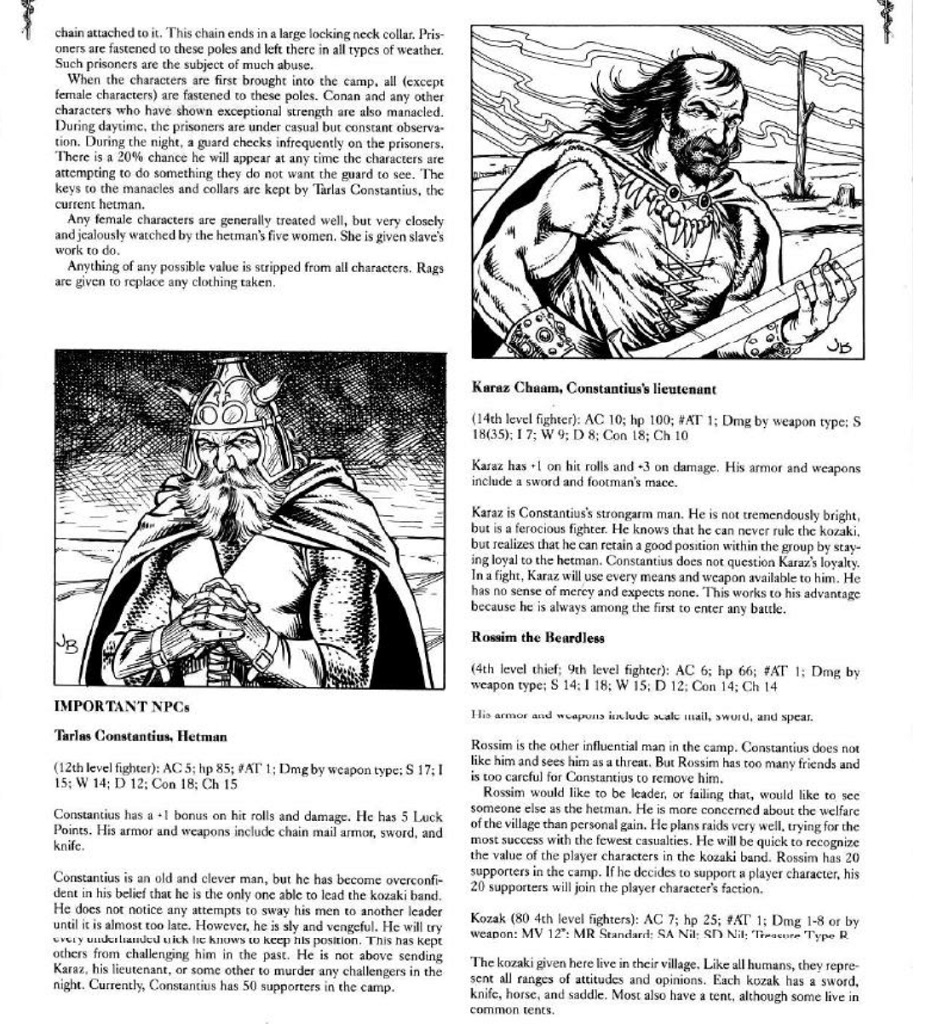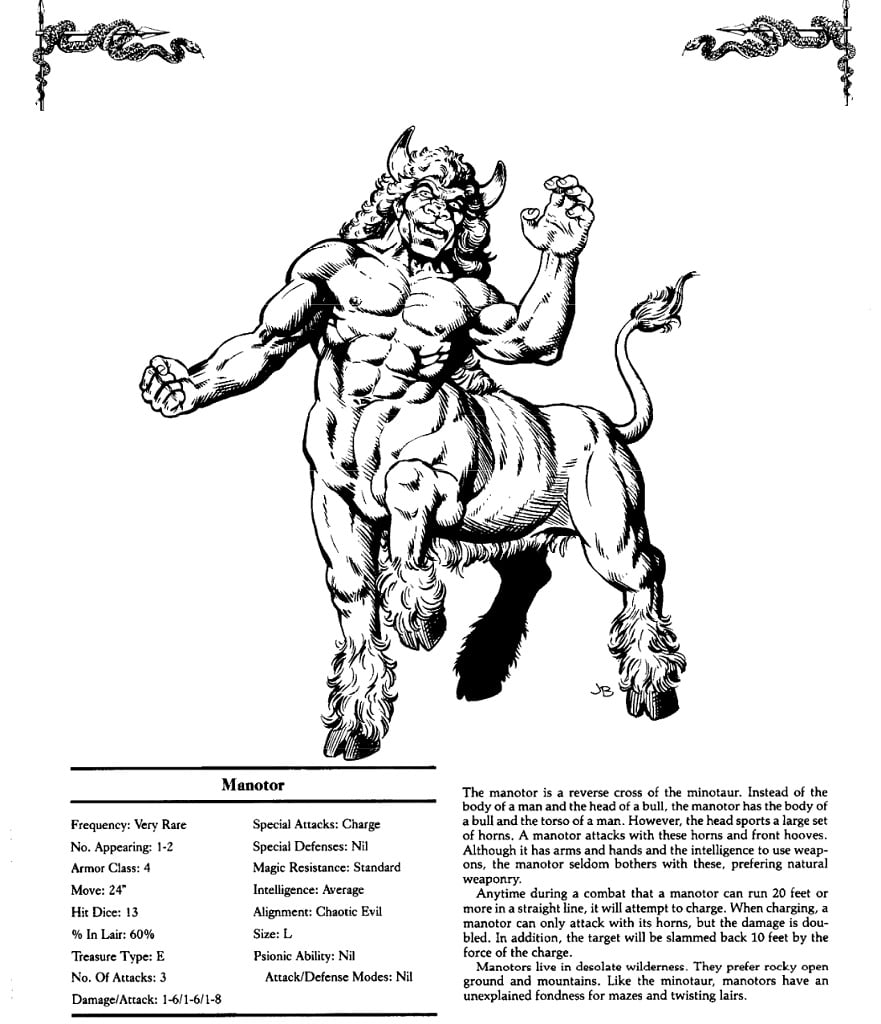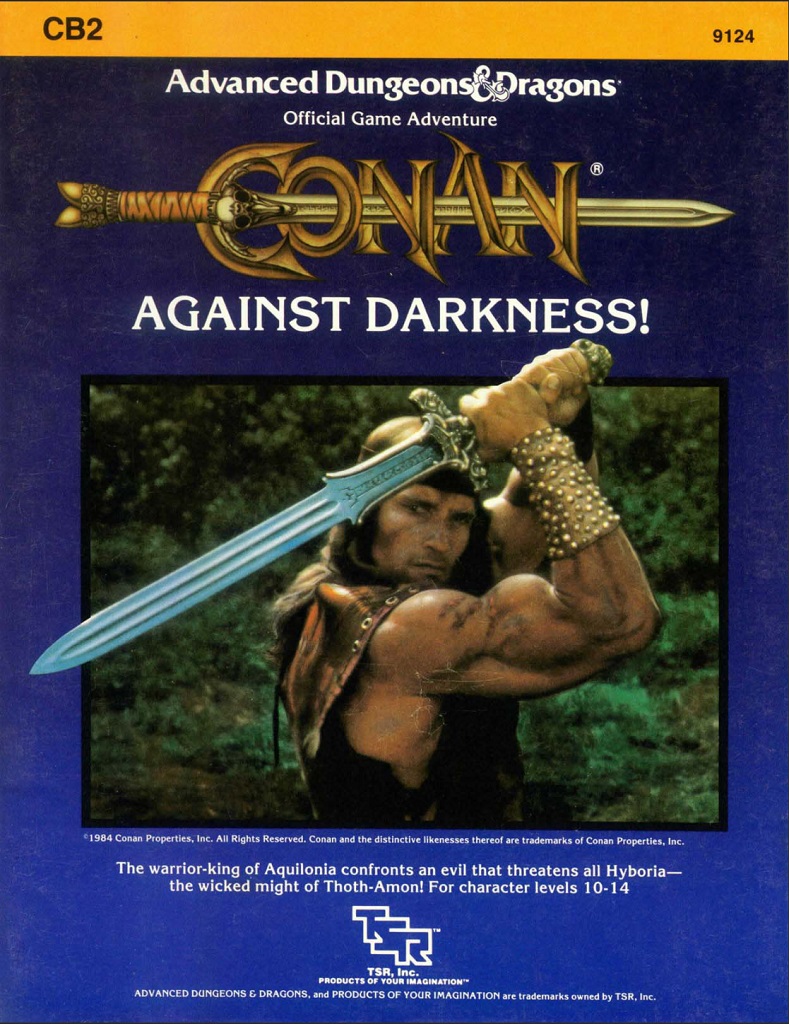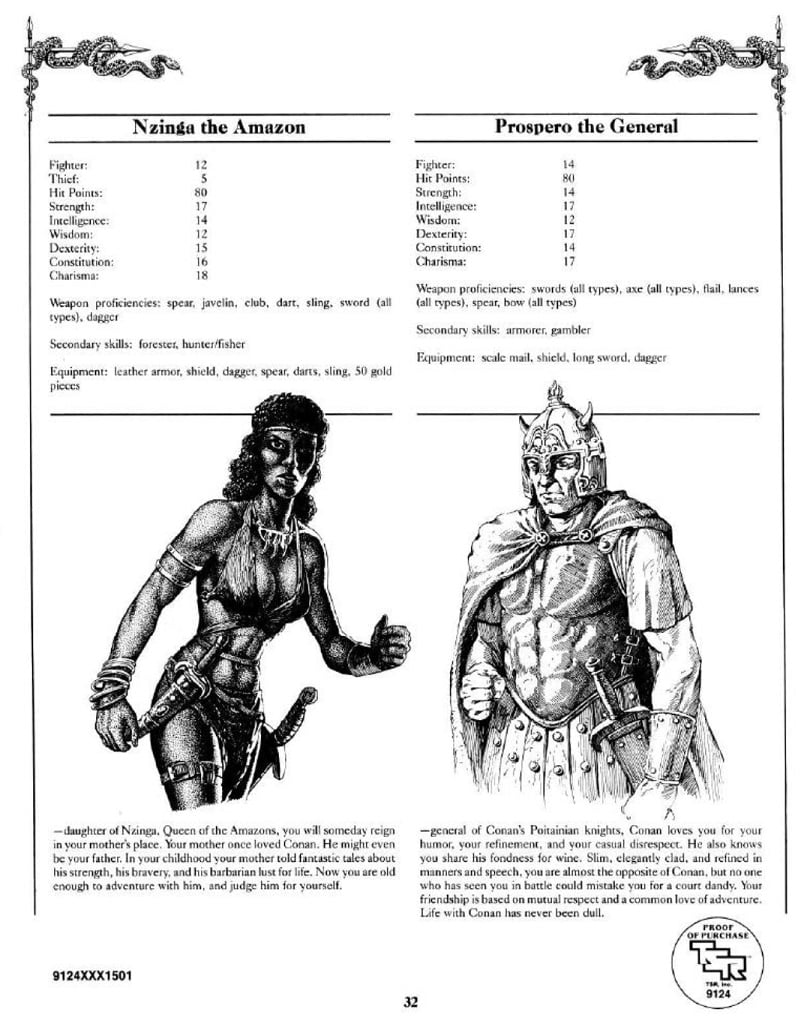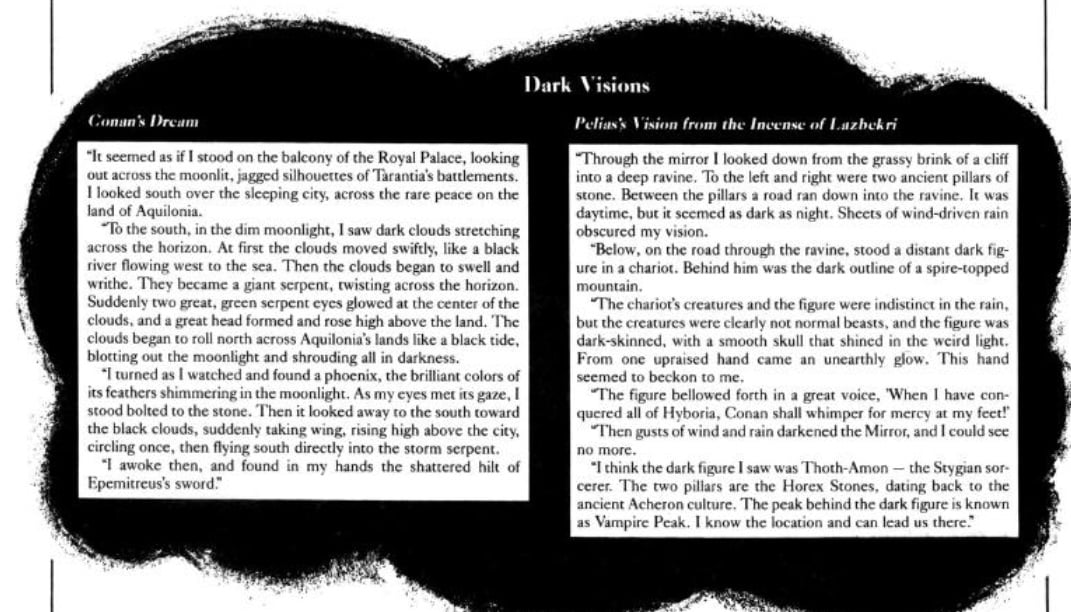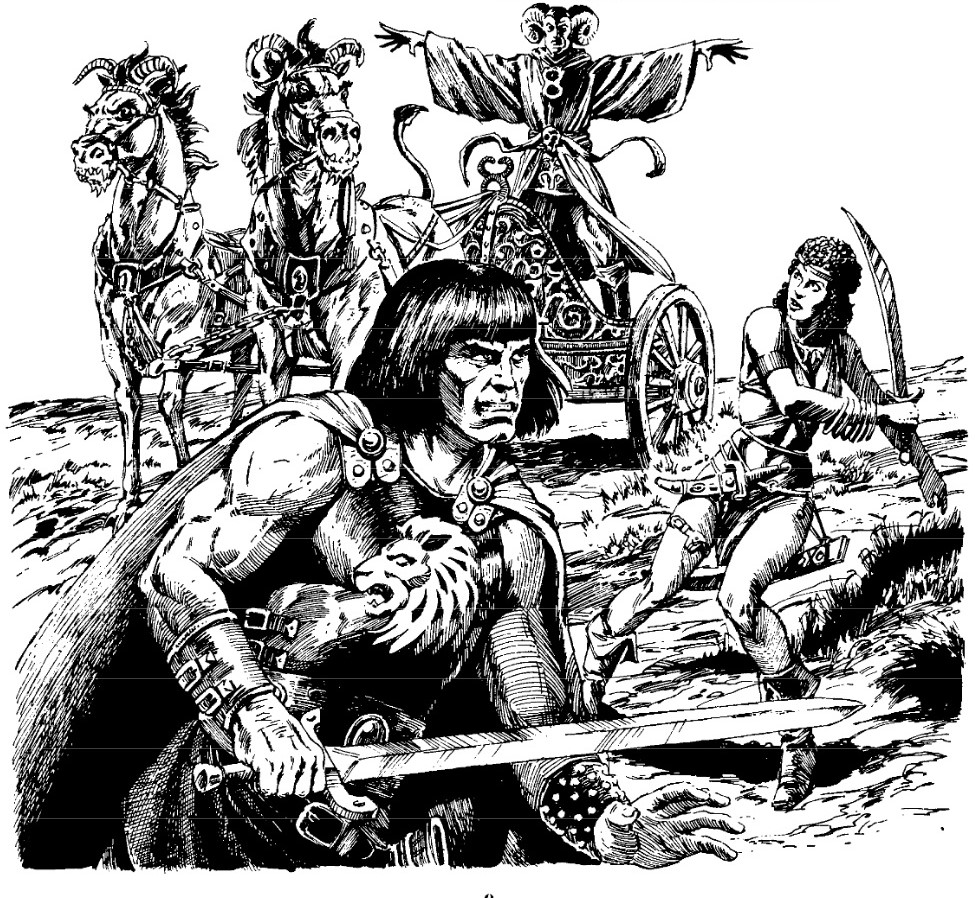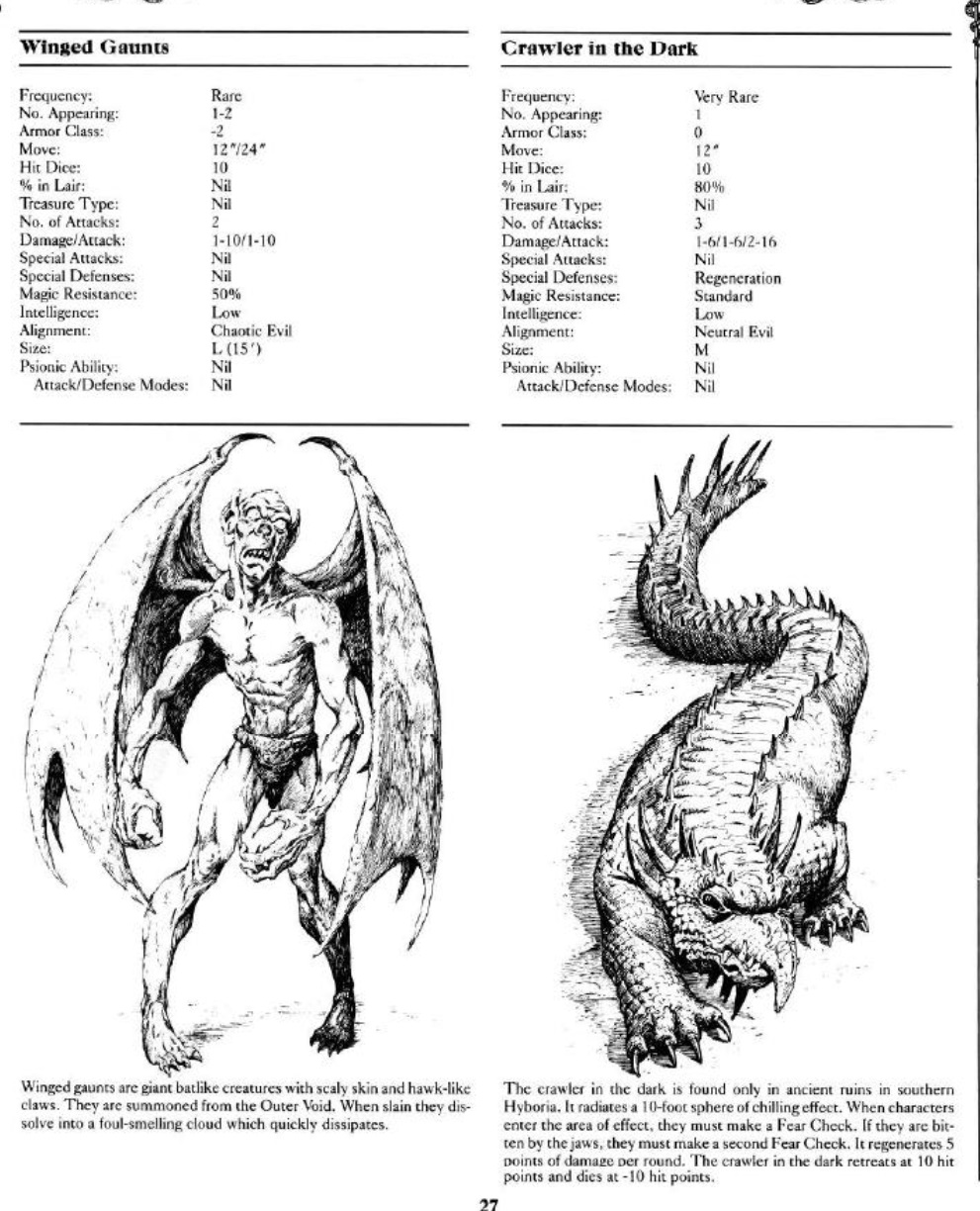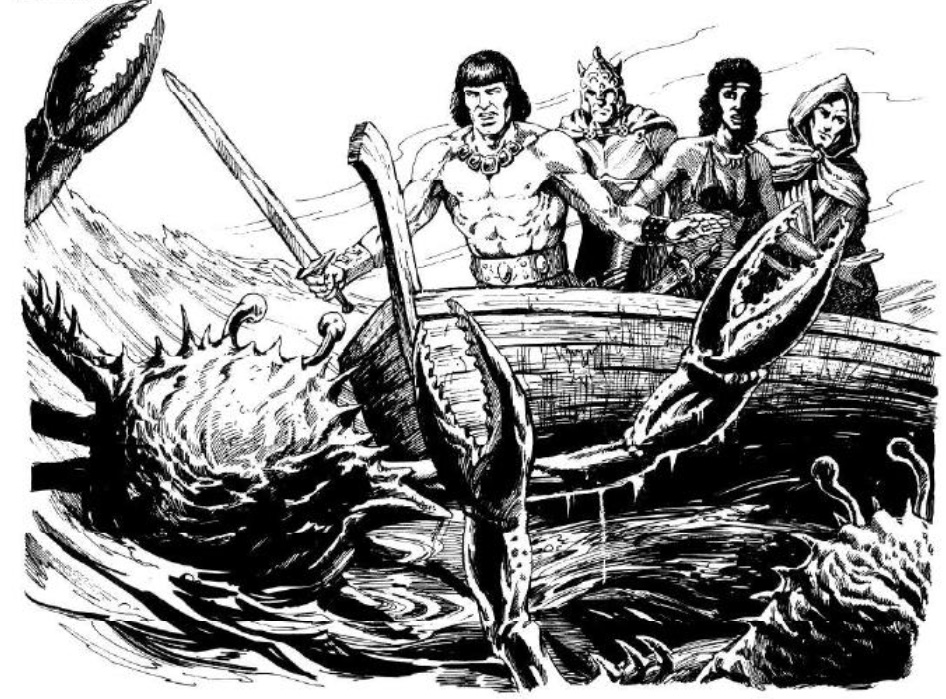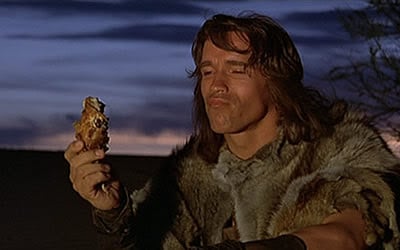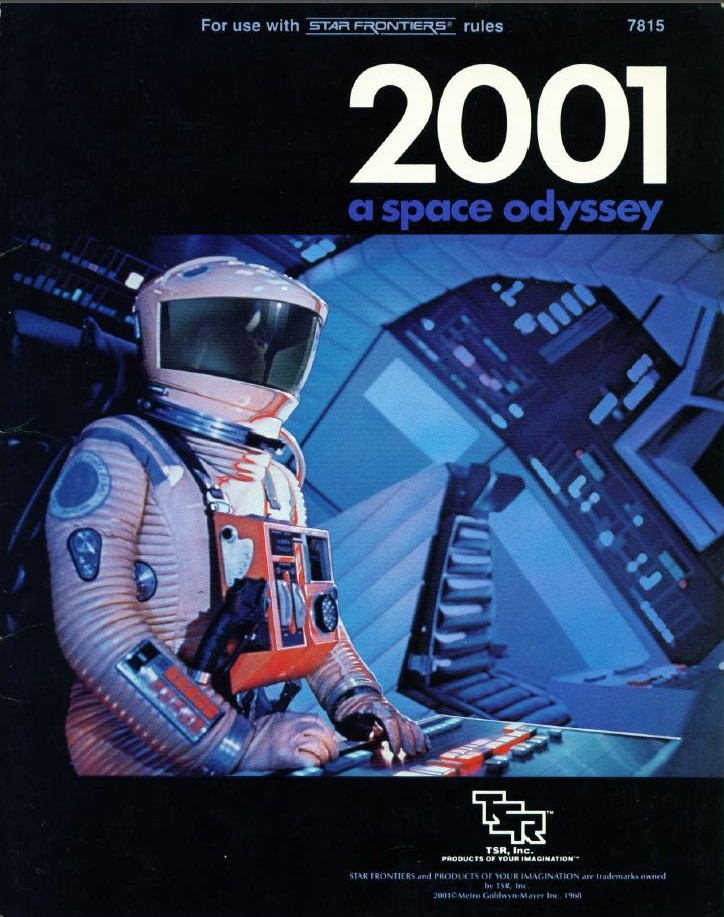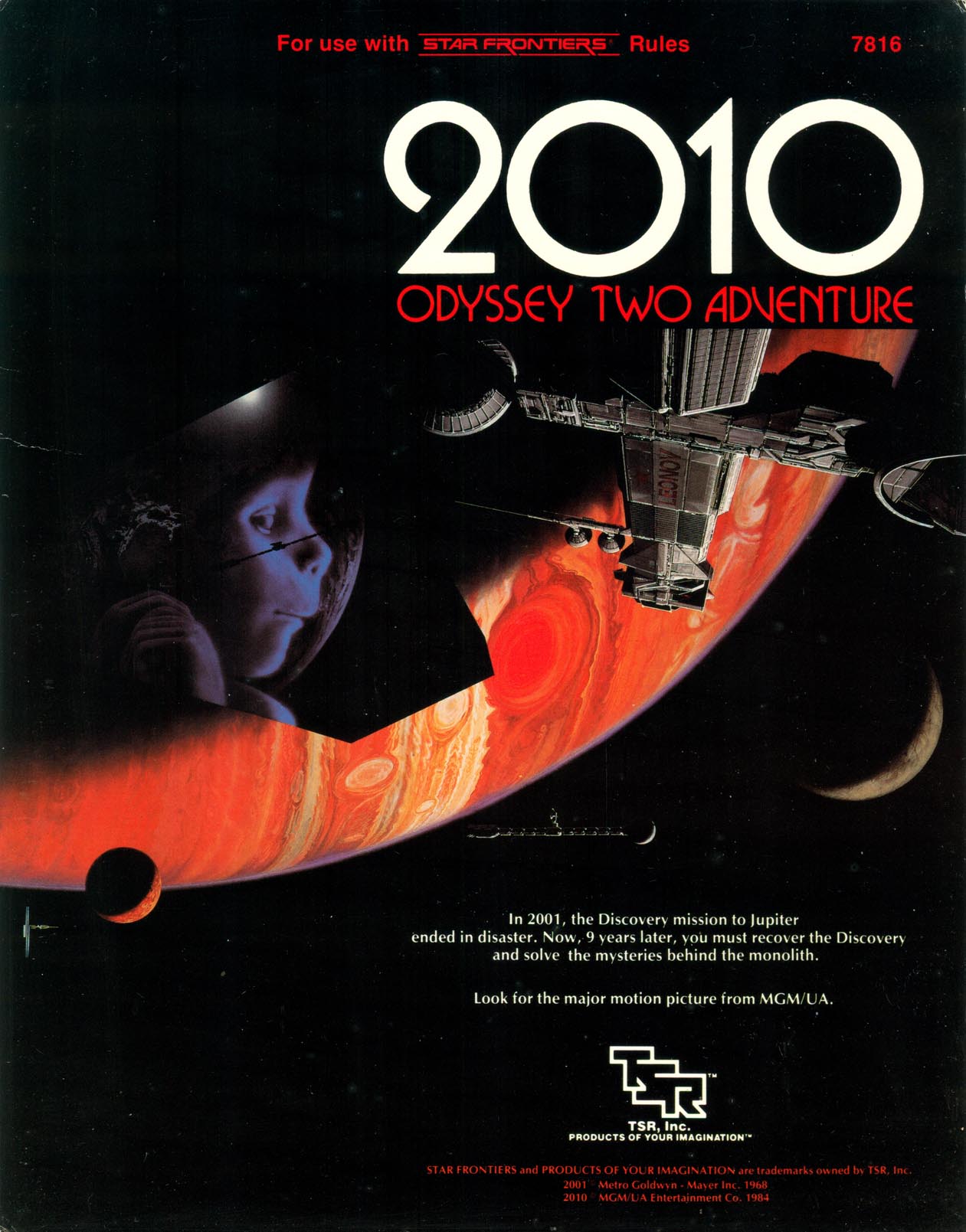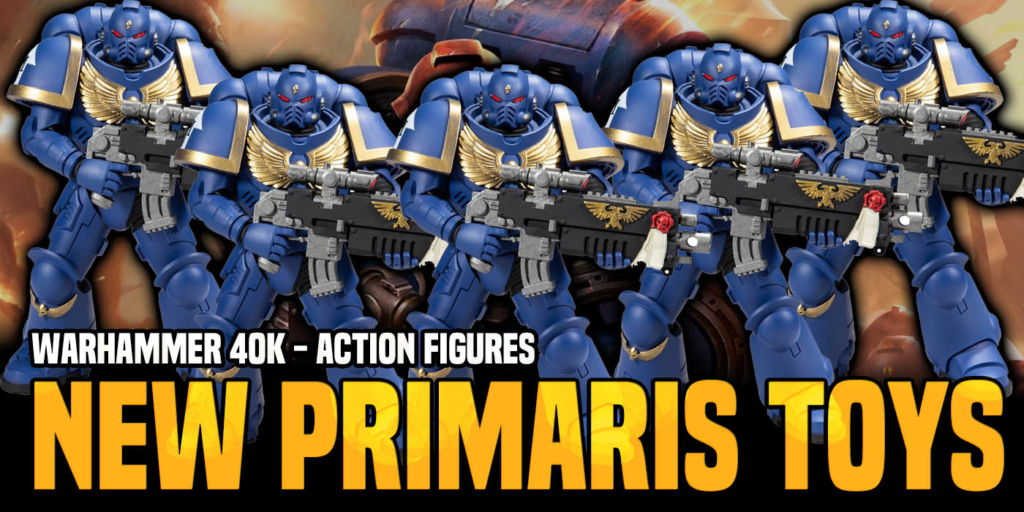D&D: TSR Goes To The Movies – PRIME

Dungeons & Dragons has a long history with movies–but not always in the way you think. Forget Snails, let’s look at another time TSR was at the movies.
The movies have not always been kind to Dungeons and Dragons. They’re a brass ring that seems forever just out of reach. From the disasterpiece of cinema that is the 2000 movie that, on paper, should work, featuring Thora Birch and Jeremy Irons and Marlon Wayans and what could charitably be called a “plot”, to the early forays of D&D into the realm of Hollywood that would see Gary Gygax heading up TSR West in a sisyphean effort to break D&D into the silver screen, to movies like Mazes & Monsters which portray the hilariously exaggerated dark side of D&D, the movies have not always been the best of friends.
But believe it or not, when Gygax went to Hollywood he came back with more than just the Saturday morning cartoon that everyone loves or loves to hate, depending on whether or not you believe enjoying things and being vulnerable is cool or not. Gary Gygax came back with the licenses for various movies, resulting in an eclectic mix of standalone roleplaying games and supplemental modules, some of which live in infamy. The original Indiana Jones roleplaying game was destroyed when production ceased, and the remnants of one of the last remaining copies have been passed around as a prestigious award. Today though, we’re taking a look at some of the modules. In order to understand how these came about, let’s look at how Gygax went to Hollywood.
Gygax Goes to Hollywood
In the early 1980s, management at TSR was in conflict. Gary Gygax butted heads with the other co-owners of TSR, two brothers named Brian and Kevin Blume. And any organization with three presidents is bound to find itself in conflict at least a little, but the folks at TSR found more to feud over than to connect with. The imbalance of power meant that when disputes came up, as they frequently did, the Blumes would make decisions while Gygax was bitter about it.
“The fact is, though, that there were three persons on the Board of Directors of the company – Brian Blume, Kevin Blume and me. Similarly, while I was the President and CEO, Brian placed himself in charge of creative affairs, as President of that activity, while Kevin was President of all other operations. This effectively boxed me off into a powerless role. If a ‘President’ under me did something I didn’t like, my only recourse would be to take the matter to the Board of Directors where I would be outvoted two to one.”
“I have spoken earlier of the structure that the Blumes imposed on TSR in 1981. As another example of things before then, late 1979 or early 1980, I issued some instructions. When Brian heard what I had ordered he shouted loudly for all to hear: «I don’t care what Gary said. I own controlling interest in this company and it will be done the way I say!». I should have parted ways with TSR then and there, but I still had a lot of loyalty to the company and the vision upon which it had been created. Anyway, from that point on, I had little control, and in general what I desired be done was ignored or the exact opposite was put in place.”
Depending on which story you believe, he either exiled himself or the Blumes exiled him to Hollywood, as a part of TSR Entertainment’s founding. And this section is such an interesting branch–it reflects a goal that modern-day WotC is still exploring: media dominance. At the time, TSR Entertainment existed to pitch D&D shows, be they television or movies.
And to a degree, Gygax succeeded, securing a deal with Marvel Comics to create the Dungeons & Dragons cartoon, which premiered in September of 1983 and ran for three seasons:
In other TSR news, a Dungeons and Dragons Saturday Morning Show cartoon series, which has been arranged through the Marvel Comics film division will premier on CBS on September 17. TSR’s negotiations for a possible Marvel superhero role-playing game are not yet complete.
Hollywood Makes an Offer
In fact, Gygax had very nearly secured a buyout of TSR Entertainment, later renamed to the D&D Entertainment Corporation in a meeting with the president and CEO of Universal Studios, Sid Sheinberg.
As for interest in acquisition, I offer the following factual account. As the CEO of Dungeons & Dragons Entertainment Corp, I was meeting with Mr. Sid Shineberg [sic], President of Universal in 1984. I had made the appointment to discuss a motion picture based on the game. In the course of that hour-plus long meeting, Mr. Shineberg said, and I quote as nearly as memory permits, the following: “We would like to acquire you (TSR/D&D Entertainment), joint venture with you, or engage in just about any co-venture you name.”
Of course I was knocked back on my mental heels, but I think I kept a poker face. What an opportunity, I thought. Then the reality of the Blumes came to cloud the rosy vistas I had glimpsed. I thanked him, explained that I held only a minority ownership in TSR, but assured Mr. Shineberg that I would relate Universal’s interest to the Board of Directors at its next monthly meeting. Even as I said that I knew there would be no positive response from the Blumes. That proved to be the case. As a positive, though, I took from that meeting a positive assurance that Universal would give D&D Entertainment a very positive look when it came time to present a major motion picture project I was working on. Right after the meeting with Mr. Shineberg, I met with Orson Wells [sic]. He subsequently agreed to become a part of the project, take the main supporting role.
Advertisement
There never was a D&D movie featuring Orson Welles, and we are perhaps poorer for it. But aside from drumming up interest in acquisitions, Gygax managed to secure the license for some popular movie properties. The first are a perfect fit for the fantasy adventures of D&D, leading players to adventure in an age undreamed of. That’s right, we’re talking about the time that TSR published two Conan-themed D&D modules. And not just out of Robert E. Howard’s stories, either, but movie Conan, complete with a glowering picture of Arnold Schwarzenegger as the titular character on the front. Here he is on the cover of the first of the modules we’re diving into: Conan Unchained!
What Is Best In Life?
Both of the Conan adventures are aimed at players of level 10-14, because these modules understand one thing, if you’re going to play a Conan RPG you don’t want to play a 1st level adventurer who is barely able to hold off a few goblins. You wanna play Conan. So right off the bat, before we even get to the adventure, we get a look at four characters complete with stats.
Note that Conan! rightly comes with an exclamation point. While Nestor the Gunderman comes with luscious locks that are the envy of all the rest of the Gundermen. Notably, most of these characters are Fighter/Thief dual-classed, with the exception of Nestor, who has only studied the blade. Just drink in how they’re built–every last one of them above average, from Conan’s mighty 18/90 Strength to Valeria’s charisma AND dex of 18. And one need only look at the collective intelligence scores to realize that even the most famous barbarian of them all is still “highly intelligent” by TSR’s own reckoning. And the opening preface makes it clear you’re in Conan’s world now:
Conan Unchained takes you into an exciting new realm of adventure–the world of Conan and the Hyborian Age! Created by author Robert E. Howard and others, the Hyborian Age forms part of an imaginary prehistory of our Earth. It is a world filled with ancient and terrible gods, palaces and tombs filled with treasures beyond all record, sorcerers studying long-lost arts, demonic creatures from dimensions outside space, princesses in peril, and beasts from an earlier, more barbaric age.
It is a time when bravery, trickery, and magic decide men’s fates and a steel sword can make the difference between life and death. For the daring, strong, and clever, there are fortunes to find and lands to rule. But evil also reigns in dark kingdoms and magic-haunted citadels–evil that strikes horribly and unseen.
AdvertisementInto this world comes a youthful barbarian, a Cimmerian from the northwestern lands–Conan. Equipped with only a sword and his native cunning, he quickly slashes a name and reputation for himself. In grim struggles he defeats the dark horrors of forgotten ages, as he pilfers and fights his way through the soft civilized lands.
His adventures have carried him on journeys long and fantastic, through deserts and judges, over seas and mountains, and into pits underground. He has found only a few to match him in skill and courage, and fewer still who would share his life. Open this adventure and join Conan and his steadfast friends in their adventures in the Hyborian Age.
Conan Unchained! wants to capture the feeling of the Hyborian Age very badly, including a list of adapted rules meant to evoke that Conan feel. We can get a sense of what TSR saw as integral to the Conan experience by looking at what they bring into the rules. First up, there’s Fear Factor, which represents the terror and cosmic horror that comes across from certain monsters. Even Conan experienced it, though he usually overcomes his fear to sword whatever needs swording.
Hyborian heroes also get a pool of Luck Points that let you try to do “something amazing” which can range from making more attacks, or even striking a deathblow. It’s an interesting narrative system where heroes can trade in their Luck to do something dramatic without muddling through the AD&D rules. Here’s a breakdown.
1 Luck Point
- Make one extra attack in a round
- Automatically hit an opponent
- Climb without falling
- Catch something tossed to the character
- Leap a chasm
- Tear a door off its hinges
- Pick up a man-sized object
2 Luck Points
- Knock out a person with a fist or weapon
- Spring back from a trap just in time
- Climb while carrying another person
- Make two extra attacks in a round
3 Luck Points
- Perform a heroic action beyond the scope of the rules
This system was clearly flirting with the dissonance between the heroic actions described in Conan’s stories and the rules as they are in D&D. As far as the experiment goes, it has a little bit of balance needed–catching something tossed to a character feels like it should be automatic, and feels less exciting than tearing a door off its hinges–but by and large, it’s an interesting step for D&D to take.
The number of Luck Points a character has is meant to be kept secret from them, so that they don’t know when their Luck is crucially about to run out. But other than that, there are no rules for figuring out how to regain Luck Points, but then this is an unusual adventure and Conan and co. are unusual heroes.
Let Me Tell You of the Days of High Adventure
The Adventure itself captures your typical Conan story, starting off on the eve of battle between the Turanian army and a rebellious city that dares to defy the Khan. The adventurers are mercenaries attached to the Turanian army where they are looked down on by the regular troops, who give them the hardest duties. But before the army can camp for the night, an ambush descends upon the heroes, in the form of a magical cloud full of evil shadows that can specifically be hit by normal troops.
Now the plot of this adventure can get in its own way a little. It counts on the shadows being able to defeat the Turanian army, but wisely doesn’t leave the characters able to defend everyone–but then it turns around and all but depends on a group of Kozaks, setting out rules for characters to be lassoed and captured. And then it sets out a series of encounters that characters living with the Kozaki might come upon.
Interestingly each one of these encounters is designed to give the characters a chance to either escape captivity or somehow join up with the Kozaks. But, credit where it’s due, the adventure does anticipate the possibility that a player will take over leadership of the tribe of Kozaks after ousting the jerk who imprisoned them in the first place. There are even specific guidelines for doing that! There’s a curious mix of rules and systems to model life among the Kozaks but also give players agency. Freedom balanced with pretty restrictive actions makes for a sometimes messy plot, but the adventure is trying to capture the wild feeling of life in Conan’s stories.
It’s interested in giving opportunities to the players to play out moments that feel like they should be in one of Howard’s books. Whether it’s accidentally coming across a knife while they’re being held prisoner in the Kozak camp, or letting a drunkard stumble within range and fighting your way free from the resting warriors–the module wants to set players up with the opportunity to engage in high heroics.
Though it does sort of ramrod the characters into living among the Kozaki, once you’re there it lets you play Conan the way he feels in the stories. You can just live among them becoming a raider, or try and seize power for yourself. You can make allies and enemies–it’s surprisingly open for how on-rails it was to get there.
Eventually, the players learn that the Kozaki have also captured a princess, because this is still the 80s, and even Conan is gonna rescue a princess or two by the time we’re through. Princess Amrastisisi is held and pursued by an evil sorcerer named Bhir-Vedi who sends a creature after the characters in an attempt to fight them off and kidnap the newly unveiled princess. Then you can fight pirates, sail the seas, and in general faff about in Hyborea as you pursue the villainous henchmen of Bhir-Vedi to their master’s hideout. There at the Tower of Bhir-Vedi, the characters fight unusual monsters, including one known only as the Manotor, a ferocious beast that Bhir-Vedi has set against the players, that’s like if someone mixed a minotaur and a centaur.
Conan Returns!
After defeating Bhir-Vedi, the characters are allowed to return to the coast, richer and none the worse for the wear, ready to set out on the other big module featuring Conan: Against Darkness!
Against Darkness! takes its cue from the first Conan story, The Phoenix on the Sword and casts players once more as Conan and his chums, this time featuring Pelias the Sorcerer, Nzinga the Amazon, and Prospero the General.
This time Conan is King of Aquilonia and is facing down his classic foe Thoth-Amon and his vampiric ally Akivasha, the Woman Who Never Died. Their twin goals are capturing Conan and recreating the Kingdom of Acheron, pretty standard evil villain stuff. Along the way you might be aided by special visions:
This adventure is even more on-rails than the last one. It is interested in players following its plot and little else. Not that that’s inherently a weakness, but the module admits “fate forces the heroes down a narrow path to the inevitable confrontation with the evil opponents. Within each episode, the player characters have any options in overcoming their obstacles, but the sequence of episodes is rigidly determined by fate.”
And it plays pretty straight forward. Tim the Enchanter Thoth-Amon shows up to ambush the players on his Chariot, when it inevitably goes awry he runs away, stopping at nothing to escape if he needs to. The adventure breaks if you can kill Thoth-Amon right then and there–and it’s possible, with the Luck Points system. Unlikely, but possible. A DM would have to figure out how to get them on to the rest of the adventure. But as the rest of the adventure unfolds, this one is much more heavily taken from the books. Thoth-Amon uses his magical ring to summon the bat-winged demons known as Gaunts.
He even incants the famous “Blind your eyes, mystic serpent” passage taken straight from Thoth-Amon’s confrontation with Ascalante, though here Thoth-Amon is more a sorcerous master and less enslaved wizard working at the behest of a petty noble. Regardless Thoth-Amon taunts them the following night to journey to the great pyramid of Khemi, and the adventure proceeds there directly. Conan crosses the sea and fights some crabs.
It goes about as you’d expect.
And the whole thing is an ambush set up for Akivasha, the vampire, who wants nothing more than to feed on Conan and turn him into a vampire. This fight is confusing–it tries to force players to accept the plot twists and turns you might expect to see in a story, from obvious betrayals to overpowered opponents. And it feels like there’s a better way to accomplish this. But the adventure continues towards its inevitable confrontation with Thoth-Amon in a temple, ending in violence and hopefully Thoth-Amon’s defeat, so that players can unlock the ending text from the Phoenix on the Sword:
As I slept, I dreamed a phoenix stood over my sleeping body. The great bird stepped to my side and took the Phoenix Sword in its beak. I struggled to grab and hold the sword, but I could neither move nor speak. The phoenix glared at me for an instant. In that instant, the phoenix seemed to transform into an ancient man; in the same instant, everything was black and bone-chillingly cold. I thought for a moment that death had come to take me.
A voice then spoke out of the darkness.
‘Well done, barbarian. You are now truly a Prince of Aquilonia. Return now and guard her borders. Bring her peace and prosperity. Bide your restlessness a while and watch her grow strong and healthy under your watchful eyes. Sample the fruits of contentment now for they are not detined to be yours forever.’
The next instant I was wide awake, sitting up, grasping at the empty scabbard that once had held the Phoenix Sword. Though the night air was hot and sultry, I shivered like a naked child in the winds of winter.
Into the Infinite
These aren’t the only modules TSR had the license for. Here’s a taste of what you can expect to see next… when TSR went beyond fantasy and reached for the Stars.
…see you all next time.

